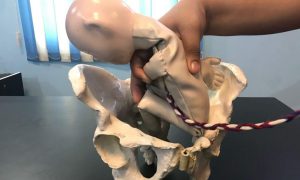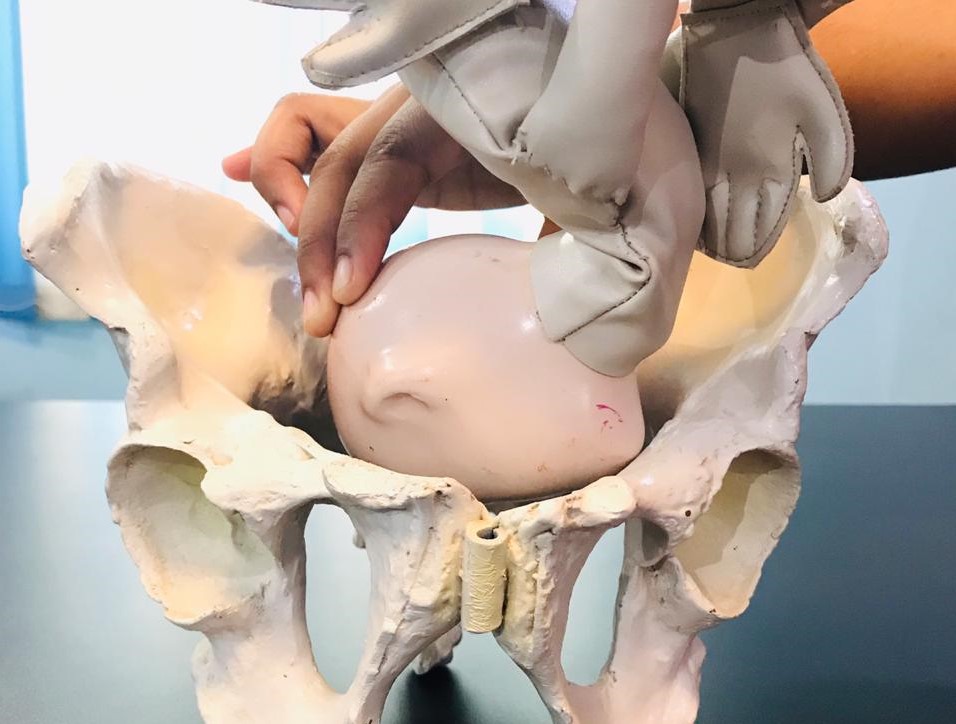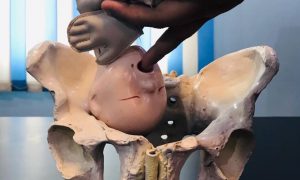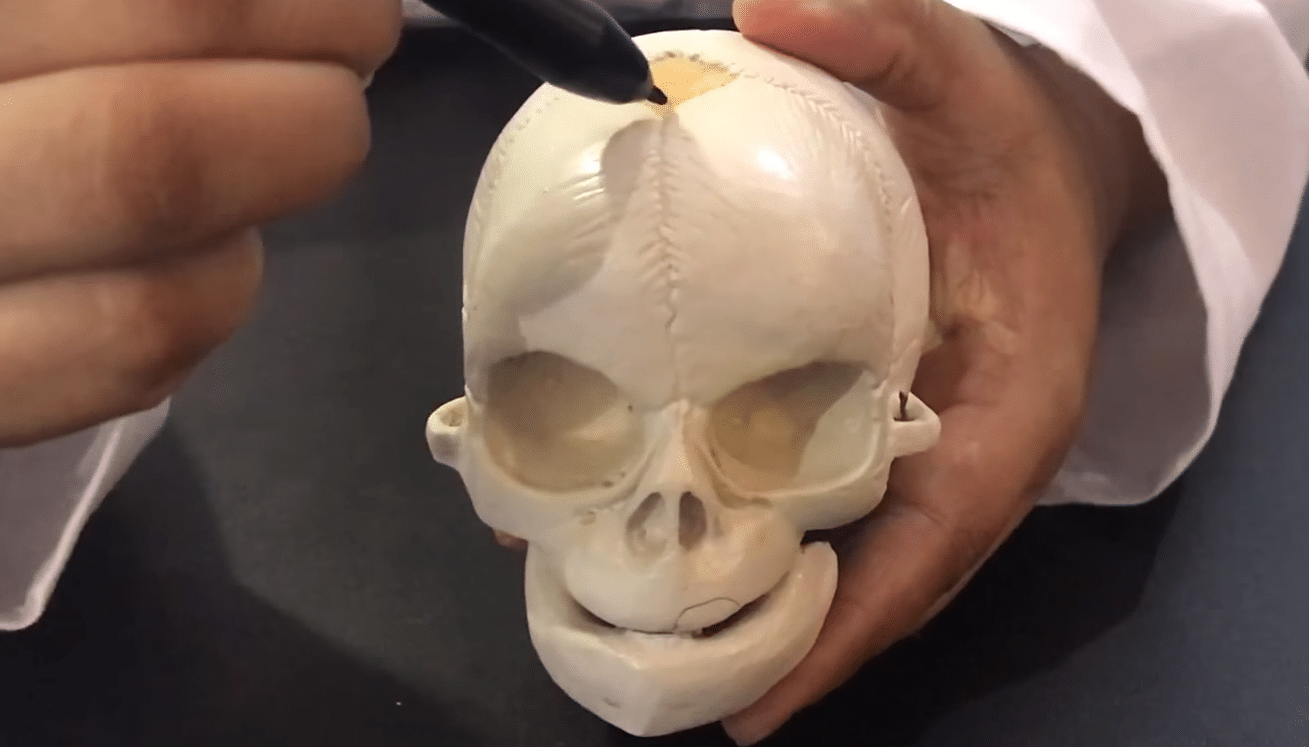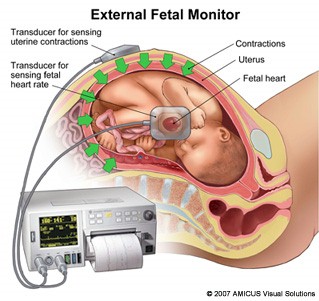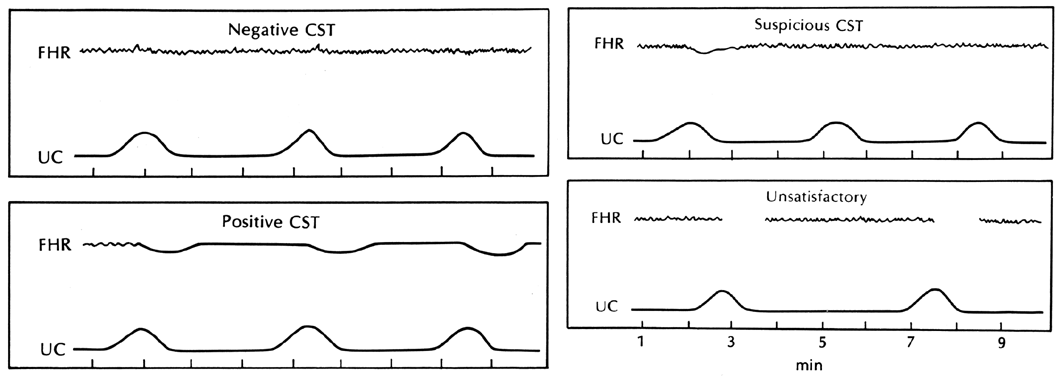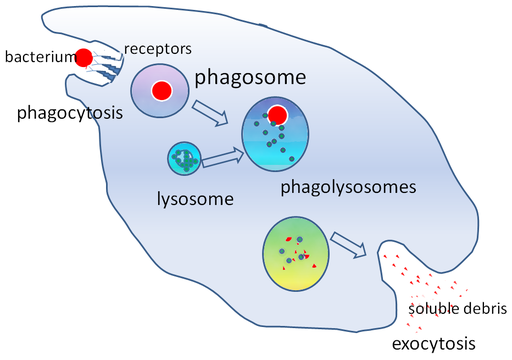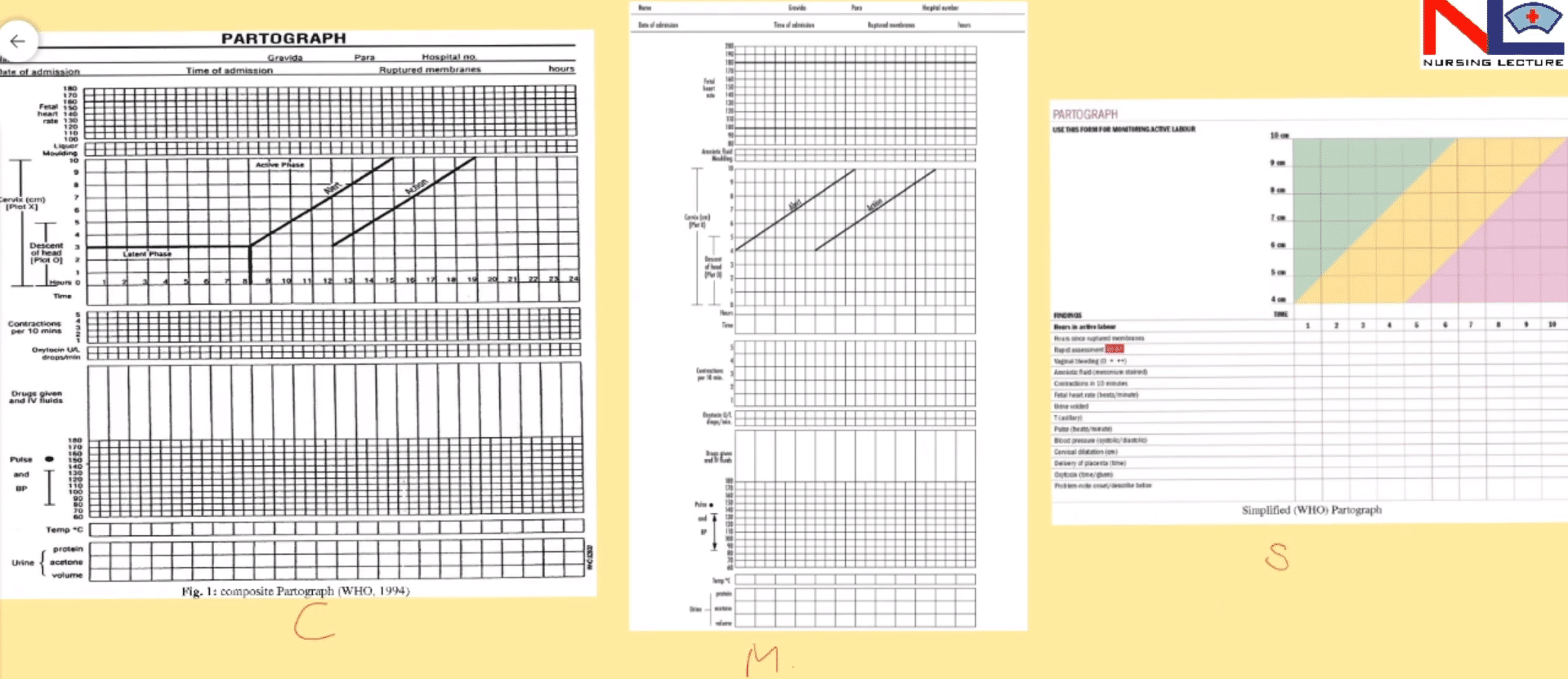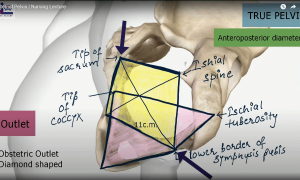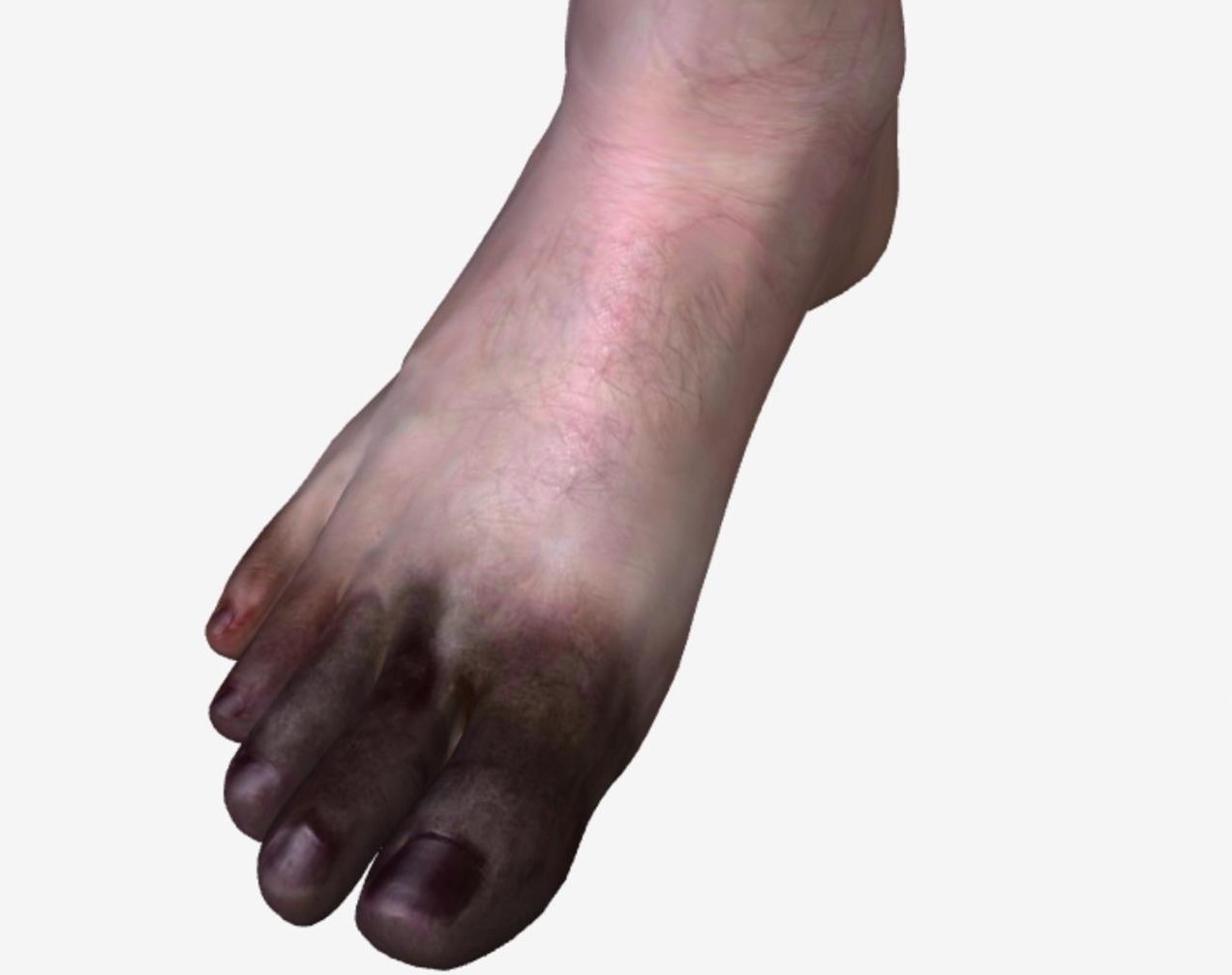Phases & Clinical findings in Second stage of Labour

This stage begins with the full dilatation of the cervix (10c.m.) and ends with the expulsion of the fetus.
The events in this stage are –
It has 2 phases–
- Propulsive phase– It begins with the full dilatation till the head of the fetus touches the pelvic floor.
- Expulsive phase– Mother has too powerful desire to “bear down” the baby until it is born.
-There is a regular intense contraction that ruptures the membrane & the liquor is escaped out through the vagina. As the circular muscle fibers contract or retract the space within the uterine cavity reduces and keep the fetal axis straight, & propels the fetus downward, it is supplemented by additional voluntary mother’s bearing down efforts with the contraction of abdominal muscles.
-There is a tendency of elastic recoil of muscle fibers but it is counterbalanced by retraction (permanent shortening of muscle fibers), so the upper segment becomes thicker & with the thinning of the lower segment, as the retracted muscle fiber pulled upward, thus the fetus is gradually expelled out through the vagina.
The clinical features are-
-The intense pain comes at a regular 2-3 min. Interval, which lasts about 1-1.5 min.
– As the membrane rupture, the presenting part stretches the vagina so the voluntary bearing down efforts by the mother is encouraged, while the uterine contraction is at peak & which similar to straining to stool.
-The membrane is ruptured with a gush of liquor vaginally but it allows the birth of the baby “in a caul” (birthing part is covered with the membrane).
-Descent of the head can be assessed through the abdominal (using 5th formula ) and vaginal methods. In an abdominal method, it is assessed by placing five fingers suprapubically & the amount of head is felt through the radial margin of the index finger by an examiner until the groove of the neck is felt. So when your finger is one-fifth above the only sinciput you can feel, when it is five-fifth then the head is floating & if no part is felt it mean the head is deeply engaged into the pelvic brim.
-In the vaginal method by the use of 2 fingers in relation to the prominent ischial spine the station of the head can be measured, which is at the halfway between inlet and outlet, this is station ‘0’. The above & below 5 levels are representing in c.m. The above station stated as -1,-2,-3,-4 &-5 and below are in +1,+2,+3,+4,+5.
-So the head progressively descents down through the vagina and the scalp hair are visible. With each contraction perineal skin become tensed & glistening, the vulval opening becomes circular, the biparietal diameter stretches the vulval outlet & head does not recede back as the contraction passes off (crowning of head), then it born by extension & little later a body is born by lateral flexion.
-The mother becomes exhausted by prolonged contraction and continuous voluntary efforts, the respiration rate drops down with increased perspiration, as the fetus is expelled out mother may feel relaxed.
-There is a slowing down of FHR during a contraction but it returns back to normal as the contraction passes off & at the end of this stage the baby is born.
Download the App: Android App
For more Lectures, please visit-
YouTube Channel – NursingLecture
Facebook – Facebook Page

